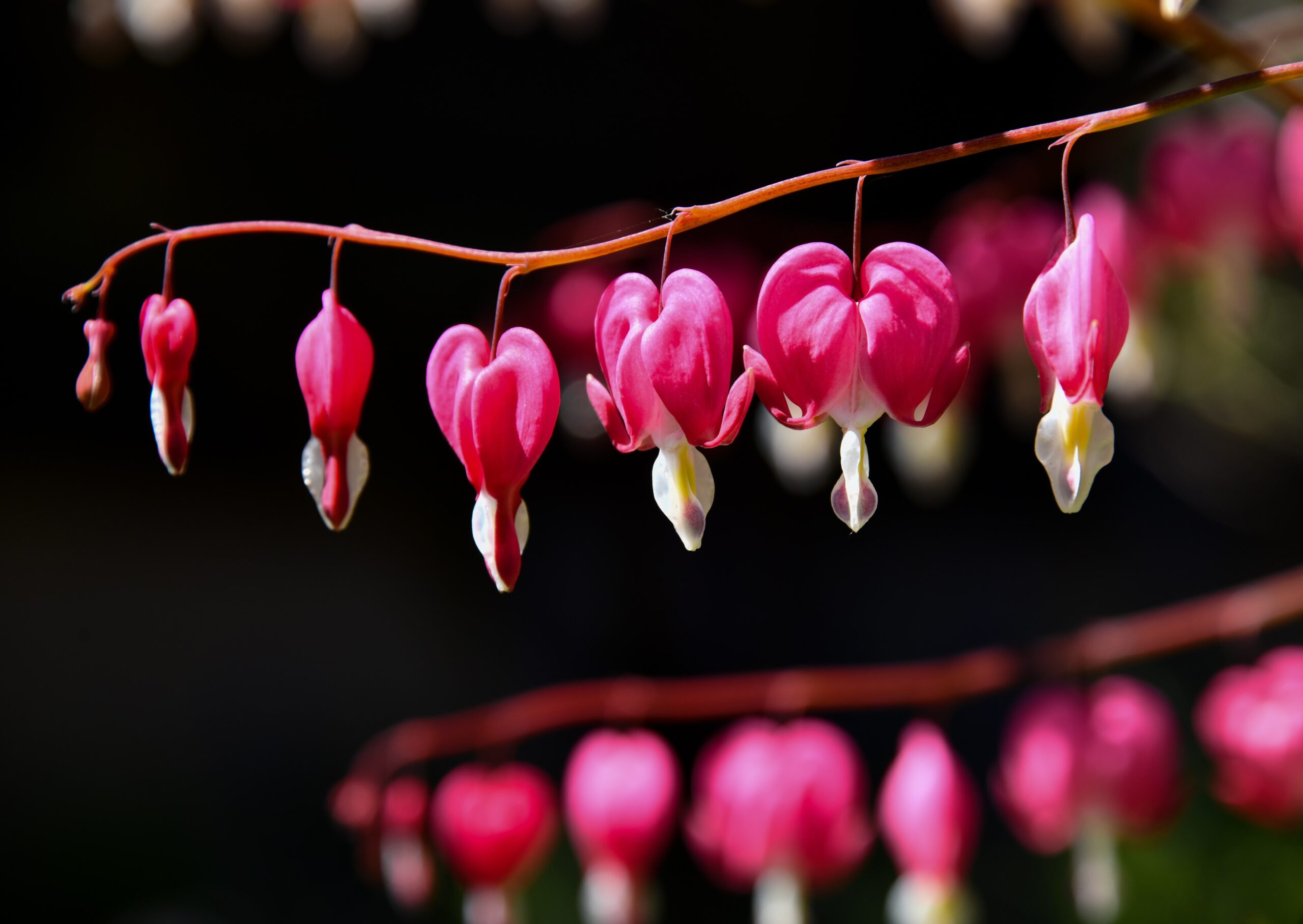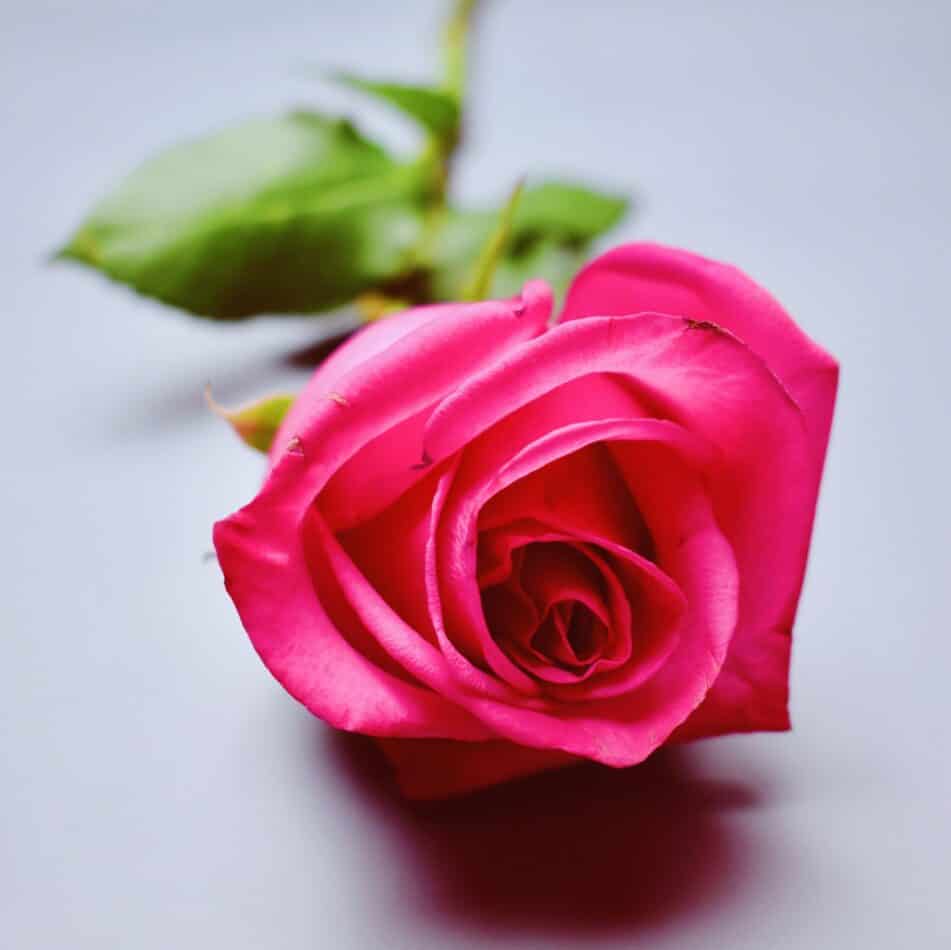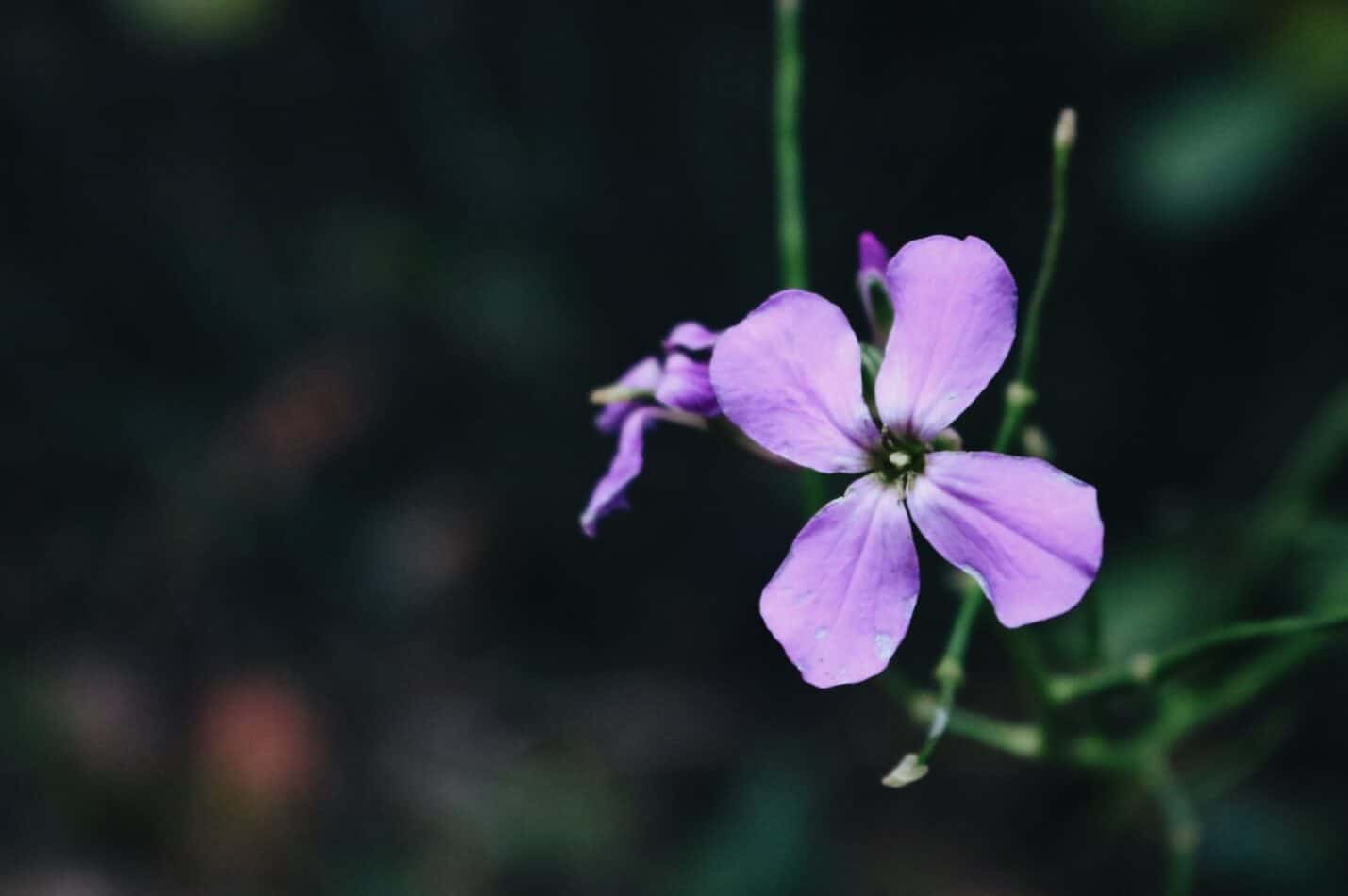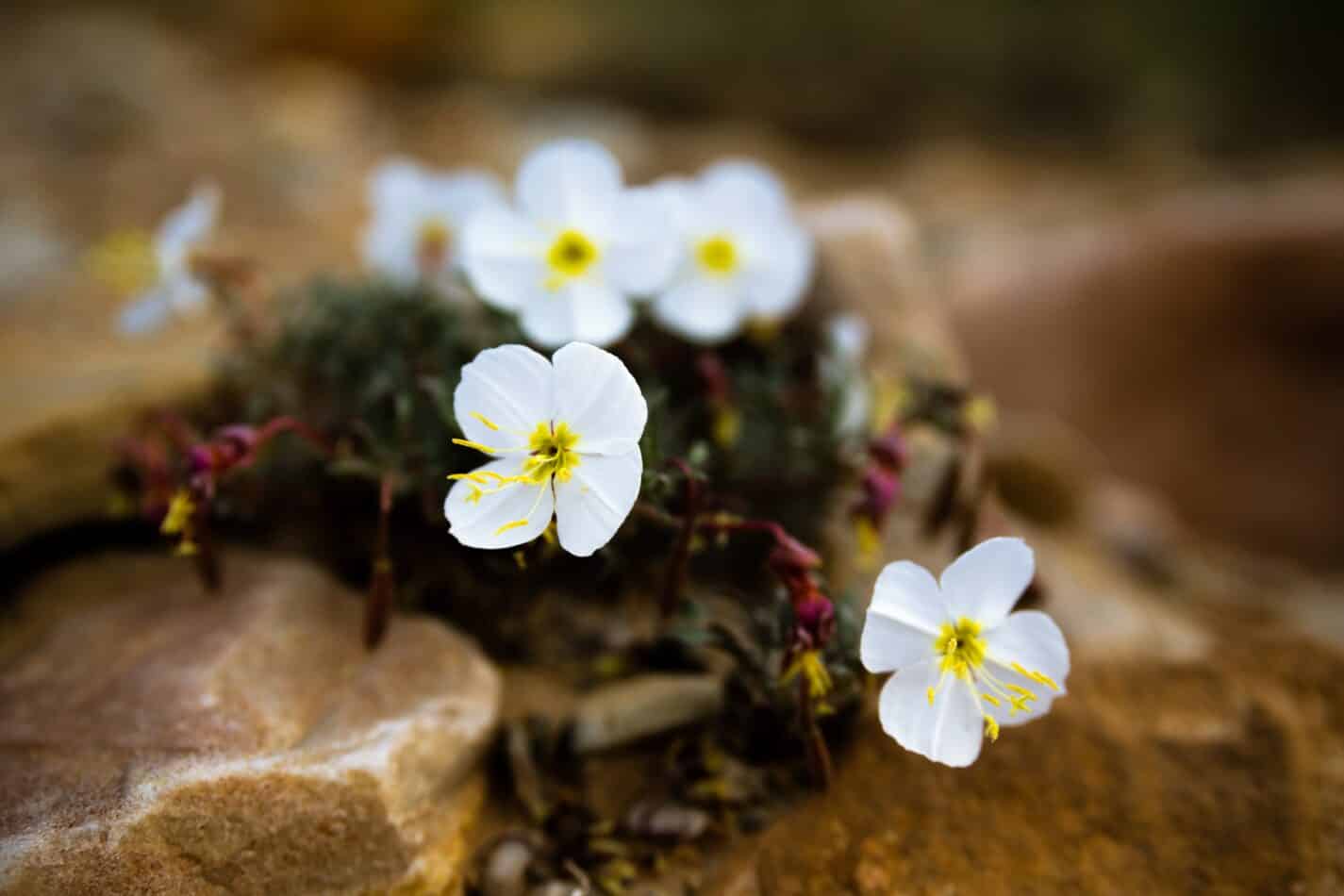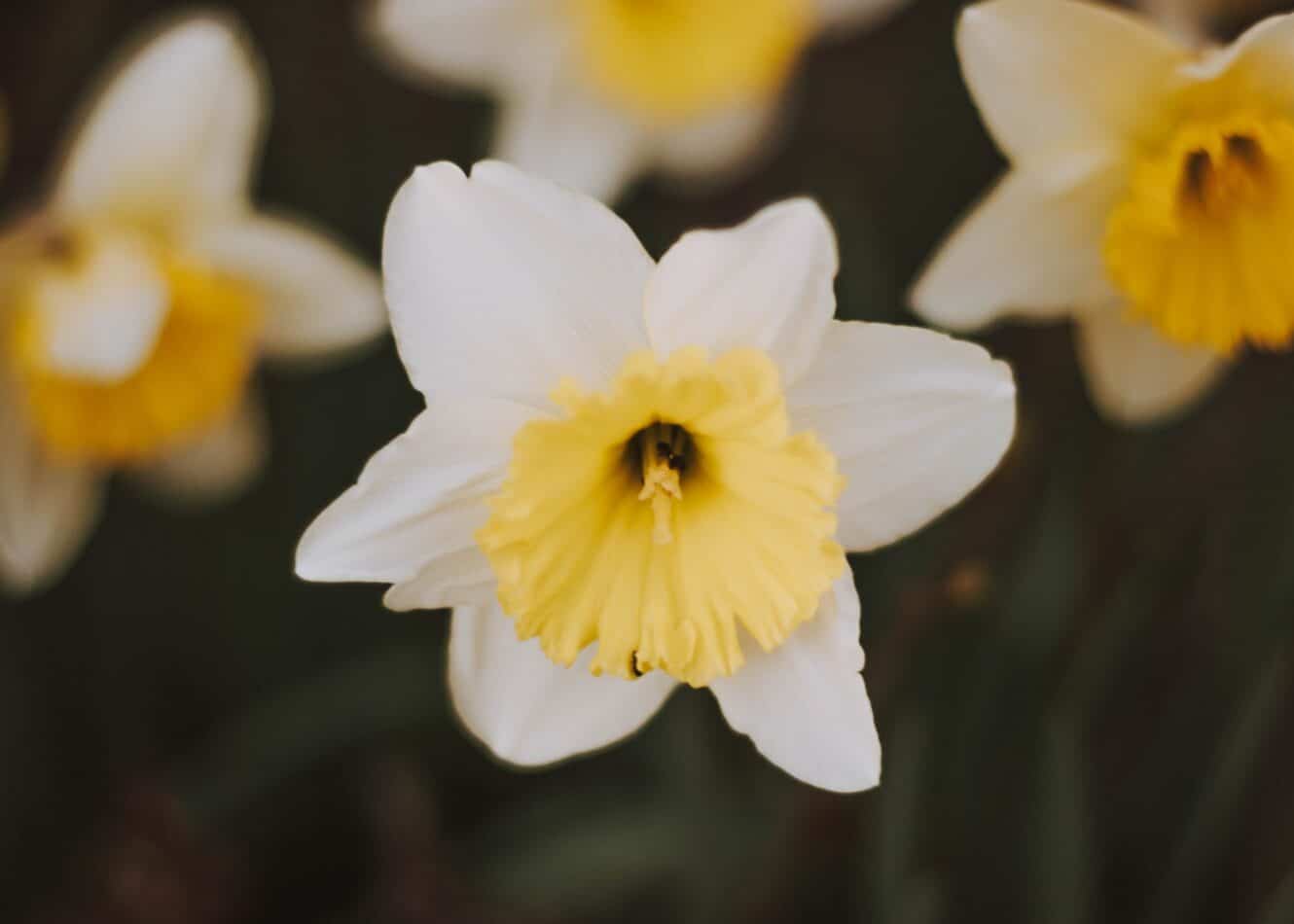Even the hardest of hearts love a beautiful flower. But did you know some of our most beloved flowers hide deadly secrets? Here’s a list of some of the world’s most beautiful poisonous flowers.
Hemlock (Conium maculatum)
If there’s one flower that most comes to mind when thinking about poisonous flowers, it’s definitely hemlock. It was most famously the poison used to execute Socrates after he was found guilty of morally corrupting the minds of Athens’ youth. After drinking some hemlock-infused tea, Socrates was asked by his executioner to walk around until his feet felt numb. He then laid down and waited as the numbness crept up his legs and torso until his heart stopped and he died. Not the nicest way to die.

In the wild, it has been reported that animals such as cattle, pigs, sheep, goats, donkeys, rabbits, and horses cab become intoxicated after having eaten hemlock. Pretty impressive for such small and innocuous white flowers.
Wolf’s Bane (Aconitum)
This pretty flower’s name is derived from the ancient Greek’s practice of dipping the points of darts and spears with the juice of the plant, which would then be used to kill wolves. In England, the flower is also known as monkshood because of its similarity to a monk’s hooded robe.
Even without a dart or spear, Wolf’s bane is pretty nasty stuff. Eat too much of it, and you’re in for a long and lingering death, starting with nausea and vomiting, sweating, itching, delusion, culminating with an irregular heartbeat then death. Pretty flowers through.
Oleander (Nerium oleander)
Death by Oleander is similar to death by Wolf’s Bane; nausea, stomach pains, racing heart, then death. But Oleander has one up on Wolf’s Bane; an urban legend.
It goes something like this. A family or scouting troop go camping. They collect wood to start a fire to cook their evening meal. Unbeknownst to them, they have used oleander saplings, and all but one fortunate (or unfortunate) survivor is found the next day, left alone to tell the tale.
In reality, Oleander isn’t quite this toxic, but it is still a plant to avoid. Even touching its sap can cause irritation to the affected skin.
Lily of the Valley (Convallaria majalis)
Although toxic in nature, Lily of the Valley is sometimes used, in tiny amounts, in herbal medicine. (Although I wouldn’t try this at home.)
It’s also famous for being the inspiration for Dior’s perfume fragrance of the same name and was apparently Dior’s favorite.
However, if ingested, you’ll still end up with all our favorite symptoms; abdominal pain, vomiting, heart irregularity, blurred vision, drowsiness, and red skin rashes. And yet, it’s often a go-to flower for bridal bouquets. Just be careful when you kiss the bride.
Azalea (Rhododendron)
The interesting thing about Azaleas is that their poison is present in the nectar of their beautiful flowers. Consequently, bees who collect large amounts of nectar from Azaleas can produce honey containing mind-altering, potentially medicinal, and occasionally lethal ingredients. In fact, the ancient Roman historian Pliny the Elder claimed that an army invading Pontus in Turkey was poisoned with such honey, resulting in their defeat.
Quite a feat for such a common flowering bush found in so many of our yards and gardens.
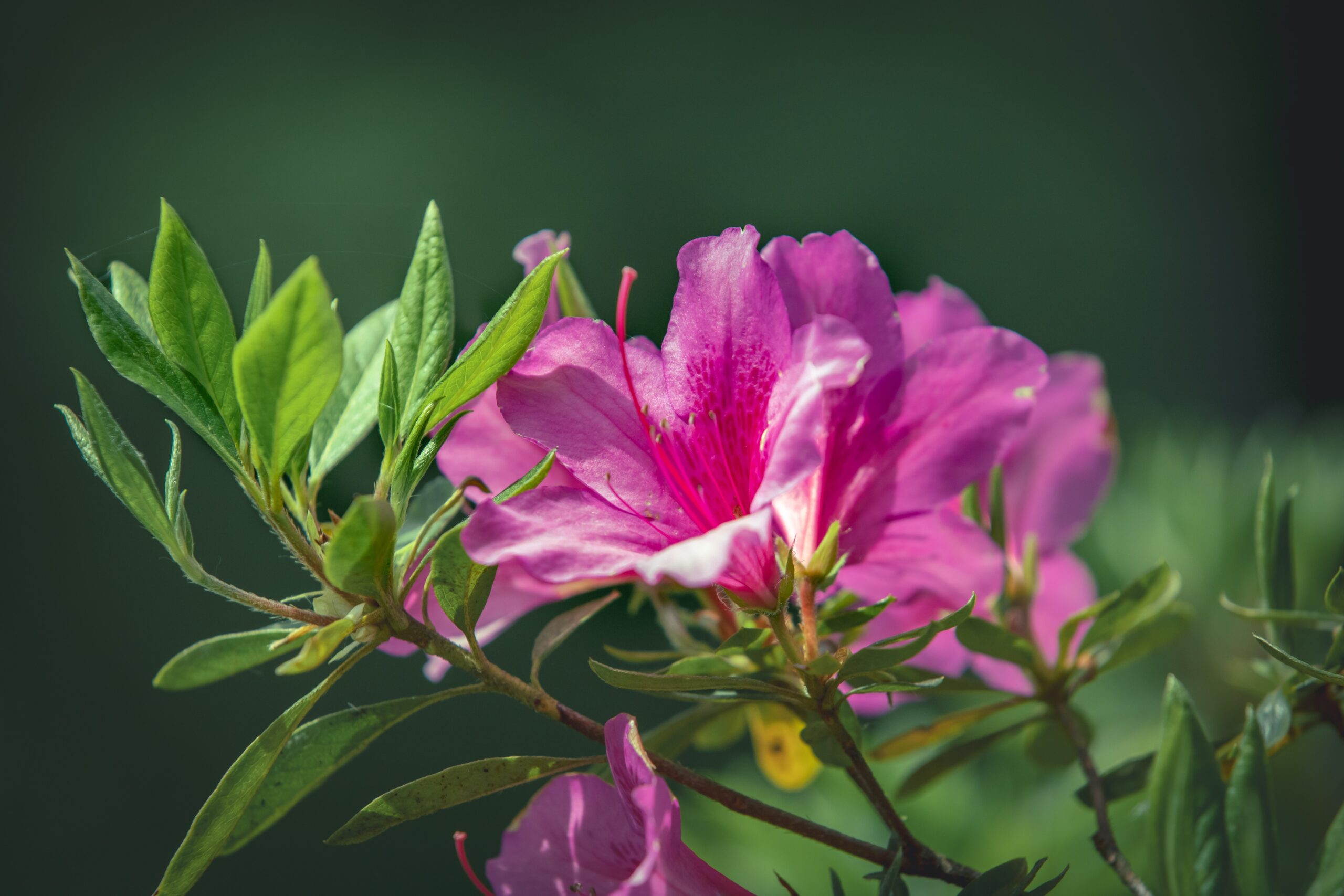
What we love from Amazon this week
Buy these wonderful flowers directly from Amazon:





